The British Omani Society was honoured to fund the participation of Nabhan Taghlib Al Barwani, Head of Collection Section, Oman Across Ages Museum, as a fellow on the British Museum's International Training Programme 2025, as part of our charitable objectives to advance the education of Omani nationals by the promotion of learning and a wider knowledge by assisting individuals and organisations by providing bursaries, awards, scholarships, training, apprenticeships and financial and logistical support. Read more here.
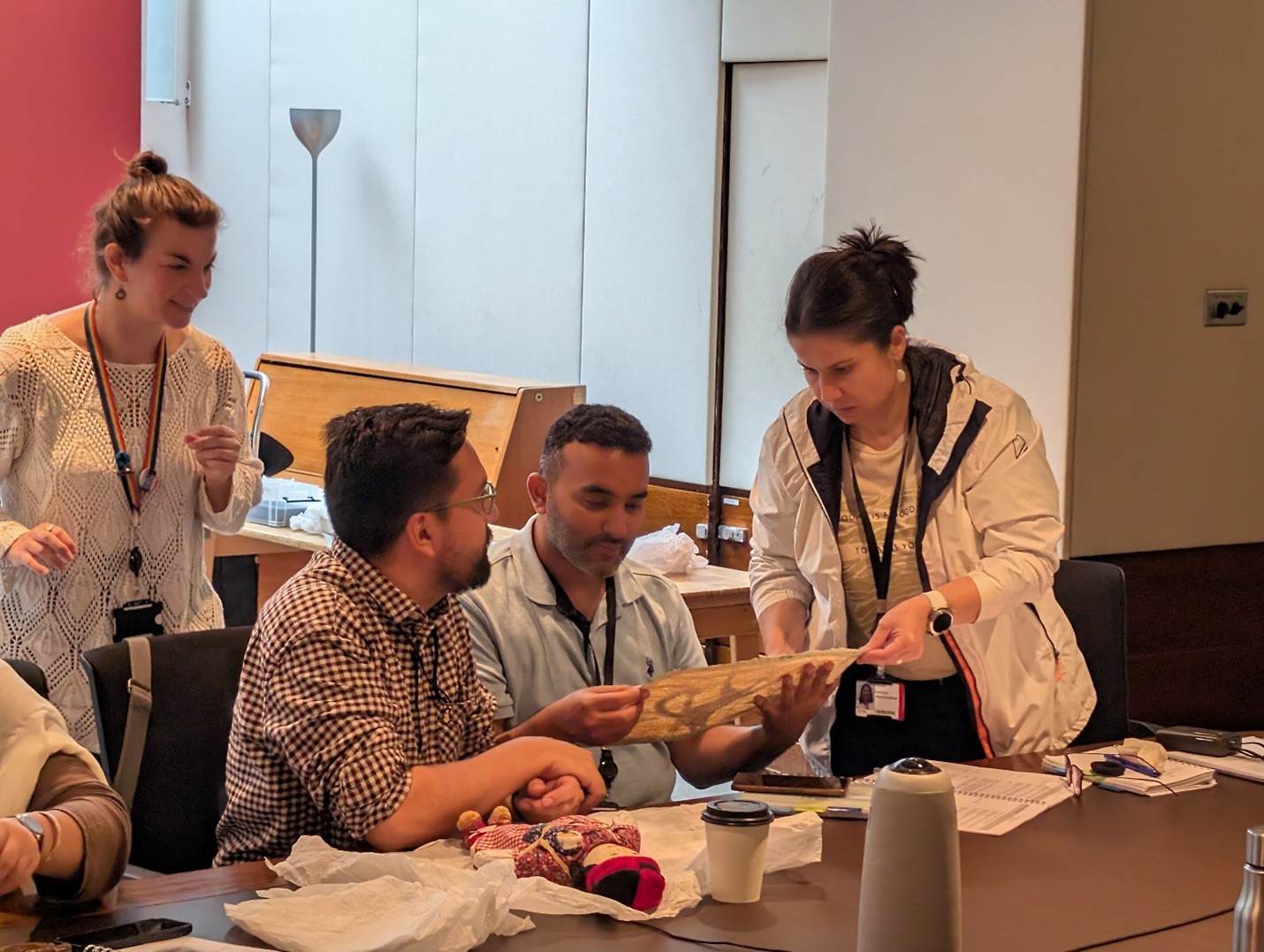
Participating in the 2025 International Training Programme (ITP) was a transformative milestone in my professional journey, profoundly shaping my understanding of museum practices and enhancing my confidence and capabilities. Over the course of 42 days—32 at the British Museum in London and 10 with the Norfolk Museums Service—I engaged with a wide range of museum operations, from collections management to audience engagement and strategic planning. This report highlights the skills and insights I have gained, and how I intend to translate them into meaningful improvements within my institution.
Before the ITP, I often thought of my institution’s main challenge as defining its role and priorities within the wider cultural landscape. As a recently launched museum, Oman Across Ages Museum has been actively shaping its systems, practices, and identity, while also building the teams and networks needed to support its ambitious vision.
During the ITP, I was exposed to a wide spectrum of museum practices that broadened my perspective. At Norfolk Museums Service, I saw how a regional museum system can serve its communities across a whole county, delivering outreach, education, and cultural impact on multiple levels. In contrast, at the British Museum, I observed the international dimension of museum practice: how global partnerships, diverse programming, and ambitious research initiatives allow a national institution to extend its influence worldwide.
This combination of perspectives helped me to reframe my outlook. I now see it as an opportunity: Oman Across Ages Museum has already begun establishing its systems, standards, and institutional culture, drawing inspiration from both regional and global models. Building on this foundation, we can strengthen our connections within Oman while also positioning ourselves as an active participant in the wider international museum community.
The ITP boosted my confidence and expanded my vision for what Oman Across Ages Museum can achieve. I now feel more empowered to advocate for innovation and partnerships, and to help ensure that the museum develops as a dynamic institution that engages diverse audiences, connects with local and international communities, and makes a meaningful contribution to Oman’s cultural identity.
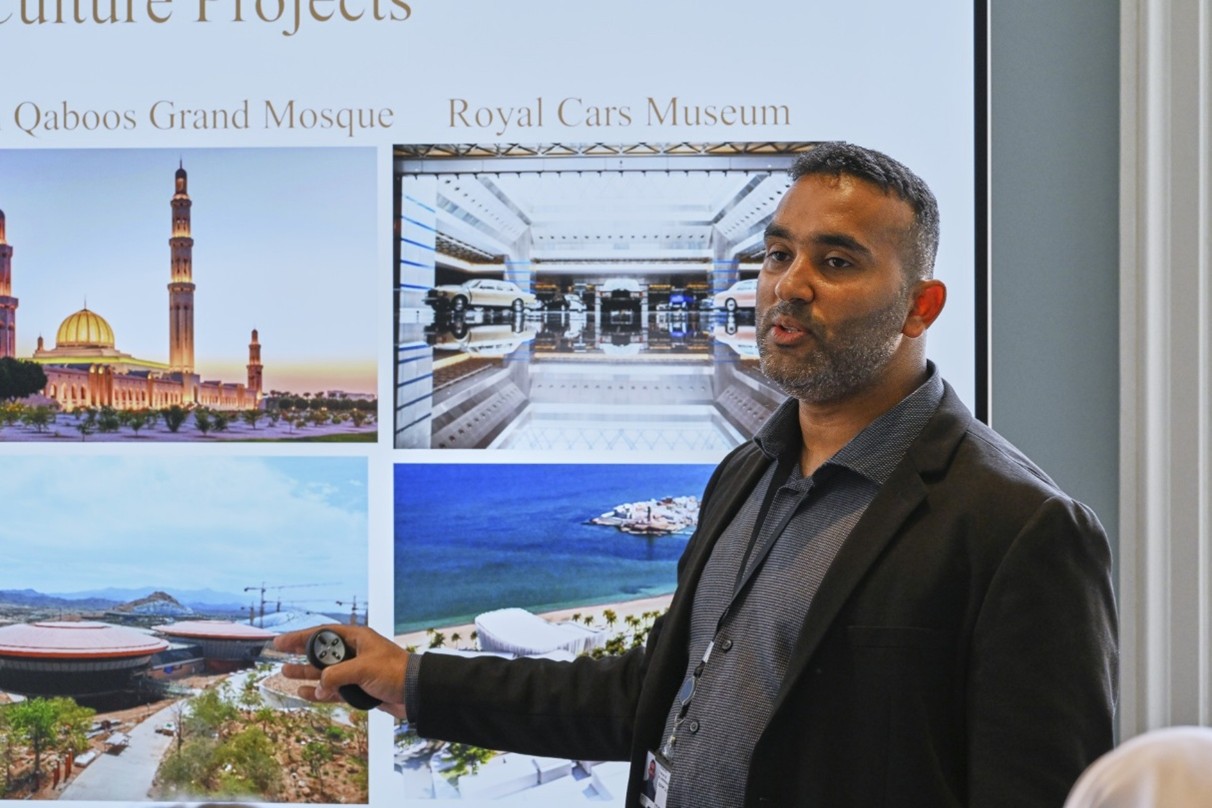
The ITP provided access to practical tools, innovative approaches, and professional insights across multiple areas of museum work. I gained valuable skills in several key domains:
Collections Management and Documentation
During sessions at the British Museum and Norfolk Museums Service, I learned international best practices in cataloguing, object documentation, and digitisation. I gained a deeper understanding of why it is essential to maintain consistent, accurate, and complete records for every object in a collection. Accurate documentation ensures that each item can be traced, studied, and preserved properly over time.
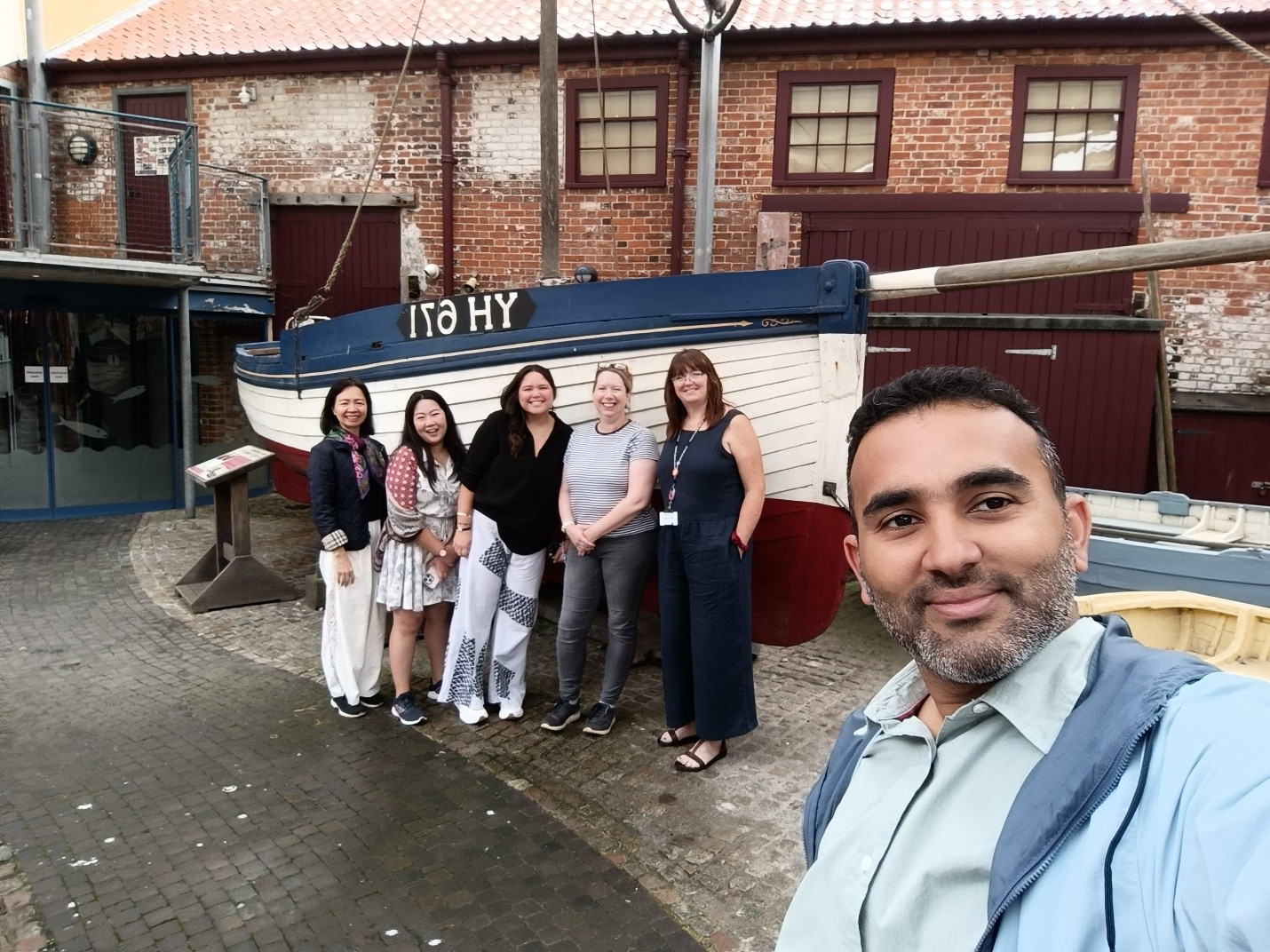
Observing how these institutions manage their records showed me how digital systems can do much more than simply store information. Well-structured databases support day-to-day collection management, make planning exhibitions and loans more efficient, and provide researchers and the public with reliable access to information. For example, I saw how the study room in the Middle East Department operates: researchers and students submit requests for objects, such as clay tablets, in advance through the museum’s website. Each request follows a careful procedure, where the collection care team prepares the items meticulously, checks their condition, and ensures they are handled safely before being made available for study. I also observed the 3D digitisation project of clay tablets, which includes highly detailed scans capturing inscriptions and other important information. This allows researchers worldwide to study the objects virtually without risking damage to the physical collection, demonstrating how technology can expand access while protecting fragile items.
By these practices, we are taking steps to improve the quality, consistency, and usability of our own collection database. Oman Across Ages Museum currently uses Museum Plus, and we are focusing on ensuring that our information is well-organized, comprehensive, and easy to navigate. Our goal is to make the collection accessible not only to museum staff but also to researchers, students, and members of the public who want to explore Oman’s cultural heritage. By improving our database and processes, we are laying the foundation for better collection management, more engaging exhibitions, and stronger connections with the wider community.
Storage and Collection Care
During my ITP placement, I observed effective strategies for optimising storage spaces, preventive conservation, and environmental monitoring. I learned how thoughtful organisation of objects—such as grouping by material, size, or sensitivity—can make storage more efficient while reducing the risk of damage. Controlling environmental factors, including temperature and humidity, is essential for long-term preservation, and Oman Across Ages Museum already uses environmental controls to maintain stable conditions for its collections. The ITP experience reinforced the importance of monitoring and adjusting these conditions carefully to protect sensitive materials over time.
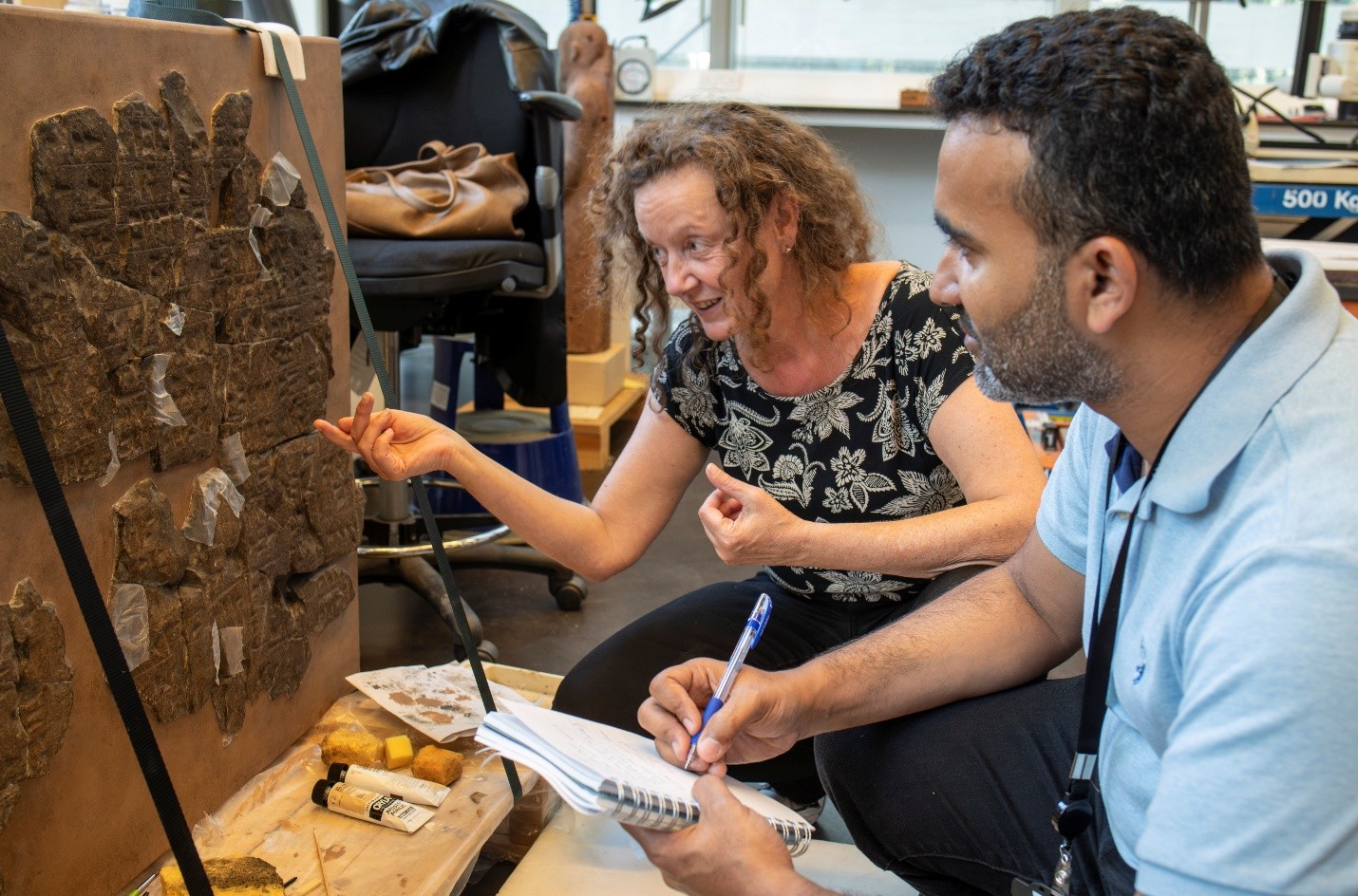
Regular condition checks and documentation were another key focus. I observed how staff maintain detailed inspection reports for each object, noting any changes in condition or potential conservation issues. These reports ensure that problems are identified early and addressed promptly, supporting long-term preservation. Clear, systematic records also allow staff to track patterns, anticipate risks, and plan preventive measures effectively.
For example, during our visit to the British Museum’s Archaeological Research Collection (ARC) in Reading, I saw how delicate objects like textiles and organic materials are stored. Items are carefully protected from insects and other hazards in the quarantine room, where new or vulnerable materials are kept under close observation before being integrated into the main collection. Observing the quarantine room gave us insight into the types of hazards that can threaten collections and the insects or pests that are particularly dangerous. This experience was very relevant because Oman Across Ages Museum also has a quarantine room, and the visit helped us reflect on how to strengthen and refine our own quarantine procedures. It also gave us valuable ideas for furnishing our textile and costume storage, including the use of archival-quality materials, preventive pest monitoring, and proper handling techniques that will keep textiles safe and accessible.
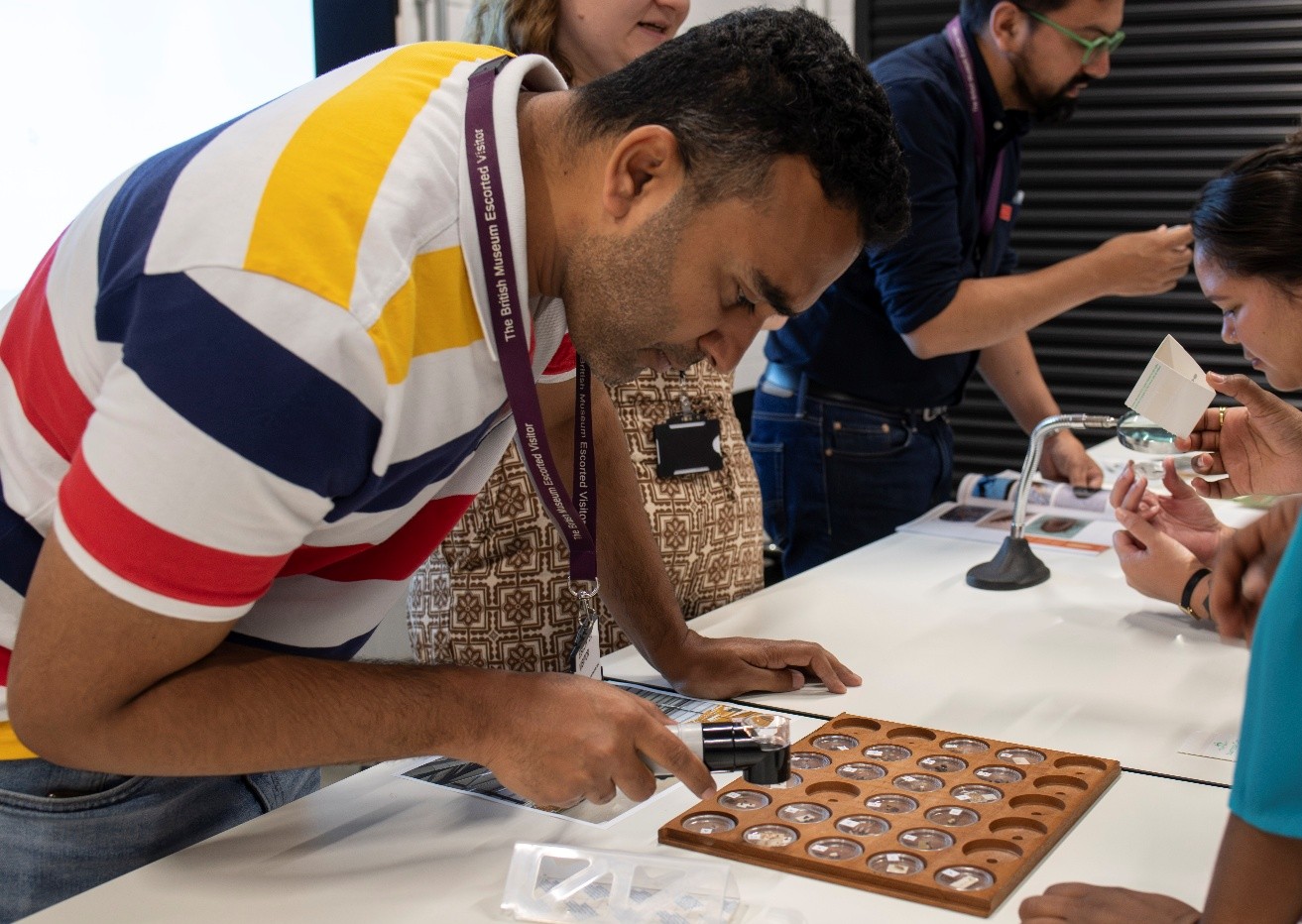
Another key lesson from the British Museum (ARC) was learning how staff prepare artefacts for cargo and transport. I observed the methods used to stabilise, cushion, and pack objects to ensure they are protected during movement, whether for loans, research, or exhibition purposes. This process requires selecting the right packing materials, creating supportive mounts, and carefully considering the risks of vibration, temperature shifts, and handling during transit. This was particularly insightful for me, as our museum will likely be involved in both incoming and outgoing loans, and safe transport procedures are essential to safeguard the integrity of the objects.
I also observed how storage design can improve staff access and facilitate research. Shelving, drawers, and handling equipment were arranged so objects could be safely retrieved and returned, making it easier for conservators, researchers, and curators to work with the collection. Observing these workflows highlighted the balance between accessibility and protection, showing that well-designed storage can support both preservation and active use of collections.
Implementing these strategies at Oman Across Ages Museum will help us enhance preservation standards, protect our objects from environmental and handling risks, and improve operational efficiency. By combining good storage design, environmental monitoring, quarantine procedures, proper packing methods, and regular inspection reports, we can ensure that our collections remain safe, accessible, and available for research, exhibitions, and public engagement for years to come.
Conservation and Scientific Research
In the British Museum’s conservation labs, I observed many different types of equipment and techniques used to study and protect objects. From microscopes and X-Rays to tools for cleaning and stabilising materials, it was clear that conservation combines science, technology, and skilled hands-on work. Each object requires its own approach, depending on the material and its condition.
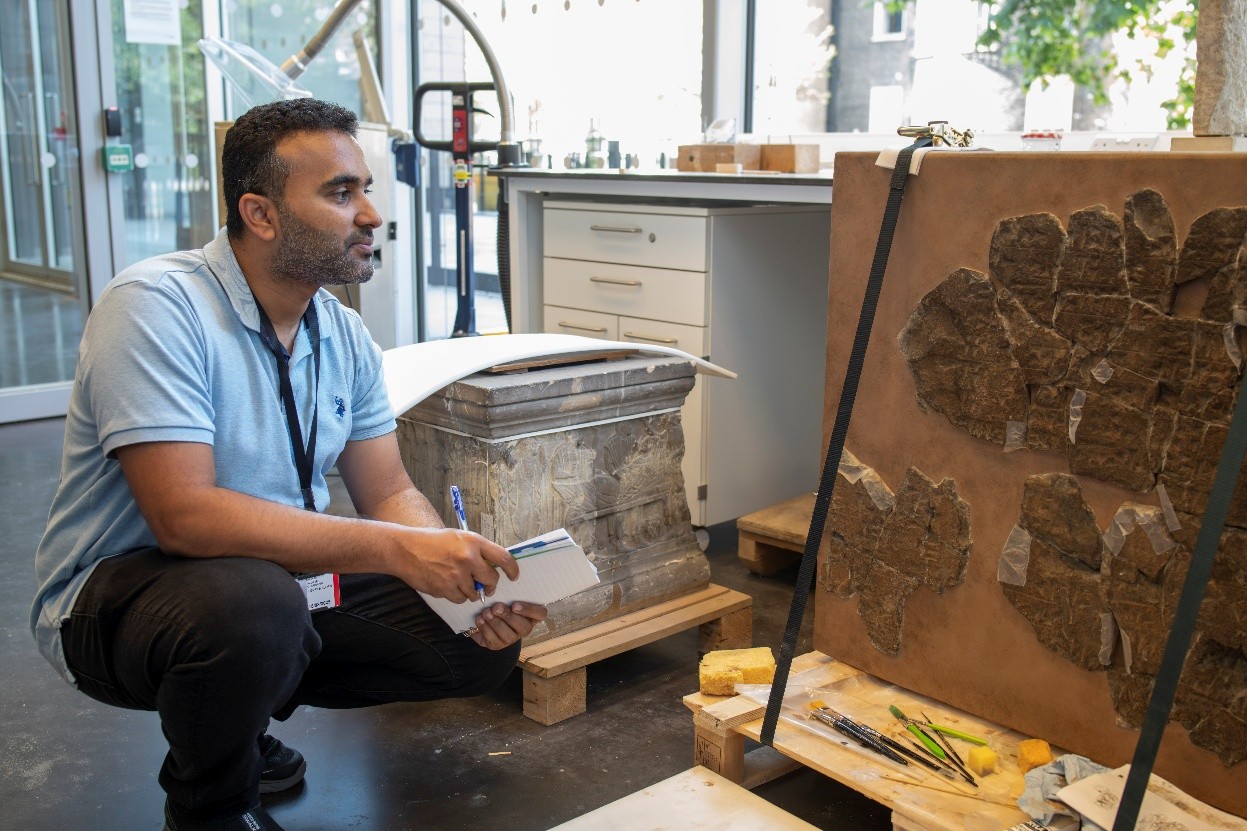
I also noticed how conservators protect themselves while working. In some labs they used special equipment such as fume extractors, protective glasses, gloves, and lab coats. These are important because conservation often involves chemicals, dust, or fragile objects that could harm the conservator or the object if not handled properly. Safety is therefore an essential part of conservation practice, ensuring both people and collections are protected.
Teamwork is another key part of conservation. A single conservator cannot manage everything; the work depends on a team that includes scientists, conservators, and curators. Together they share knowledge, make decisions, and solve problems. Building such a team is not always simple because every object brings its own challenges. Some materials are extremely fragile, others react to changes in the environment, and some carry complex histories of earlier repairs. This showed me that conservation is not only technical work but also a process of problem-solving that requires patience, creativity, and collaboration.
I was also inspired by how the museum involves students as volunteers. They support the professional conservators while learning practical skills, helping with projects, and gaining experience. This creates a cycle of training and knowledge-sharing, ensuring that more people are ready to continue the important work of preserving collections.
These experiences gave me practical lessons for Oman Across Ages Museum. We already monitor the environment and have strong storage conditions, but to go further we need to build a strong conservation team. This means investing in training, encouraging cooperation between departments, and including students as volunteers in our work. By doing this, we can face conservation challenges with confidence and ensure that our collections remain safe, accessible, and well cared for in the long term.
Personal Impact
Being part of the ITP was personally transformative. It allowed me to reflect on my role within a global framework and consider how I can contribute internationally through leadership, innovation, and advocacy.
Walking through the British Museum galleries and observing the operations at Norfolk Museums Service reminded me of the importance of our work: to preserve, educate, and inspire. The ITP has left me more motivated, confident, and equipped to lead Oman Across Ages Museum forward.
I am deeply honoured to have been selected alongside fellows from around the world. Sharing this experience with professionals from diverse countries enriched my perspective and reinforced the importance of international collaboration in preserving and promoting cultural heritage.
I was glad to take part in the discussion panel ‘Creating a Global Network: UK and Omani Museums in Dialogue,’ held on Wednesday, 16 July 2025, organized by The British Omani Society, with Claire Messenger, Manager of the International Training Programme, and Zeina Klink, former Curator for the Modern Middle East Department at the British Museum. This gave me the opportunity to share experiences from Oman Across Ages Museum, learn from others, and discuss how museums can work together internationally.
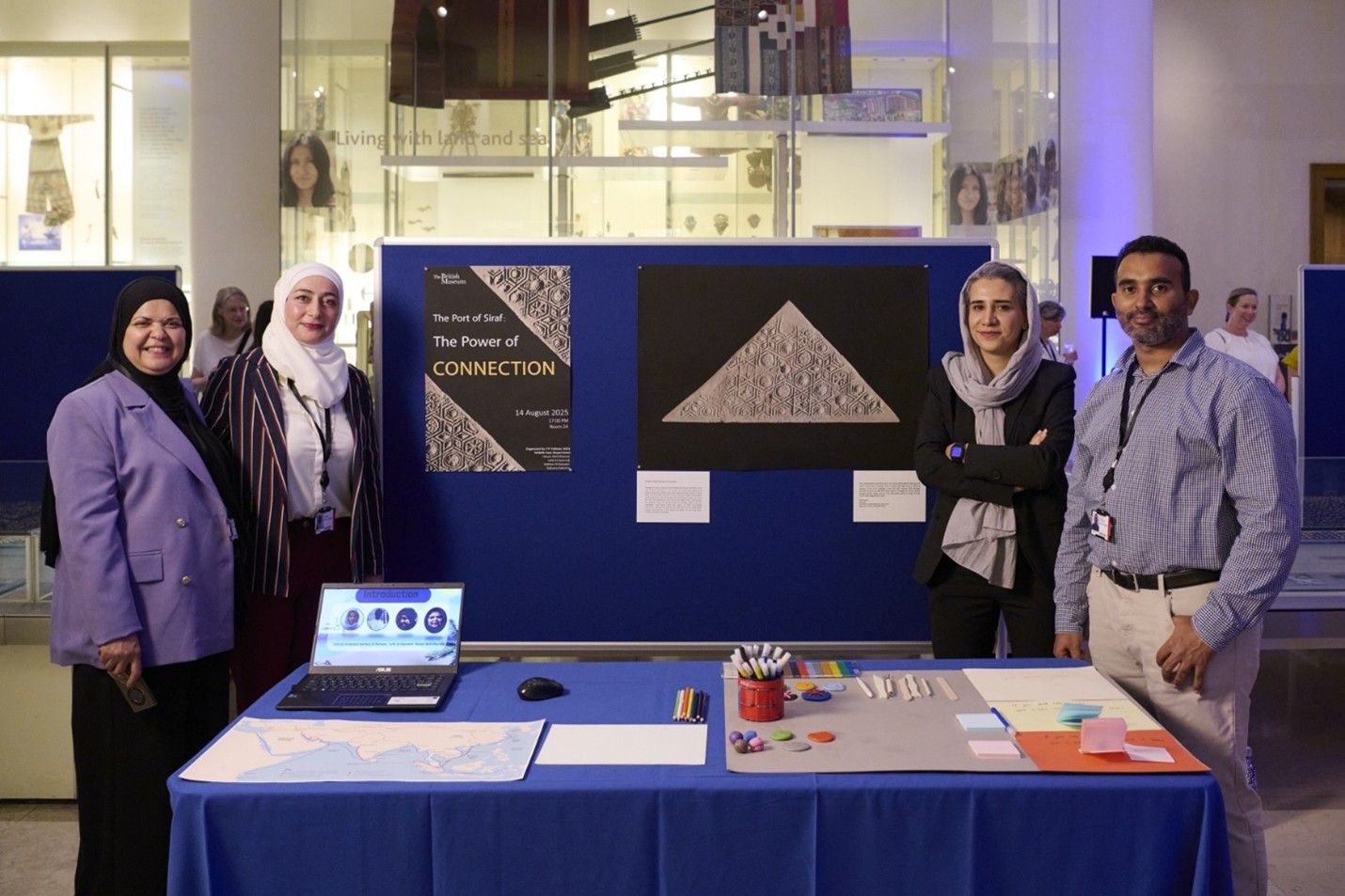
Global Connections and the ITP Network
One of the most inspiring aspects of the ITP was meeting museum professionals from across the globe. Despite differences in languages, geographies, and resources, we share a commitment to heritage and education.
We have already begun forming collaborations, from virtual talks to sharing resources. I plan to remain an active participant in the ITP network, contributing to the ITP blog. Being part of this international community ensures I am supported by a global team that understands both the challenges and possibilities of museum work.
Acknowledgements
I sincerely thank the British Museum’s ITP Team—Claire Messenger, Amelia Kedge, and George Peckham—for designing such a thoughtful and inspiring programme. I am also grateful to Norfolk Museums Service, especially Louisa Wickham, Teaching Museum Manager, for their hospitality and professionalism, which made my placement enriching and enjoyable.
Most importantly, I express my deep gratitude to The British Omani Society for sponsoring my participation. Your support made this experience possible and will have a lasting impact on me, my institution, and the communities we serve.
Read about Nabhan's Talk at the BOS